Portugal’s two largest cities often compete for visitors’ attention, each offering distinct experiences that showcase different facets of Portuguese culture, history, and lifestyle. While Lisbon embraces its role as the cosmopolitan capital with grand plazas and historical monuments, Porto exudes an atmospheric charm with its riverside setting and deep-rooted traditions.
Both cities reward travelers with unforgettable experiences, though in wonderfully contrasting ways. Here is a list of 20 unique characteristics that make Lisbon and Porto essential destinations for anyone wanting to understand Portugal’s soul.
Lisbon’s Seven Hills

The capital’s dramatic topography creates a three-dimensional cityscape where miradouros (viewpoints) offer breathtaking panoramas around practically every corner. These hills have shaped Lisbon’s character, necessitating the famous yellow trams and unique funiculars that navigate the steep inclines.
Evening light transforms the city into a photographer’s dream as the setting sun bathes the tiled rooftops in golden hues visible from countless elevated perspectives.
Porto’s Dramatic Douro River Setting
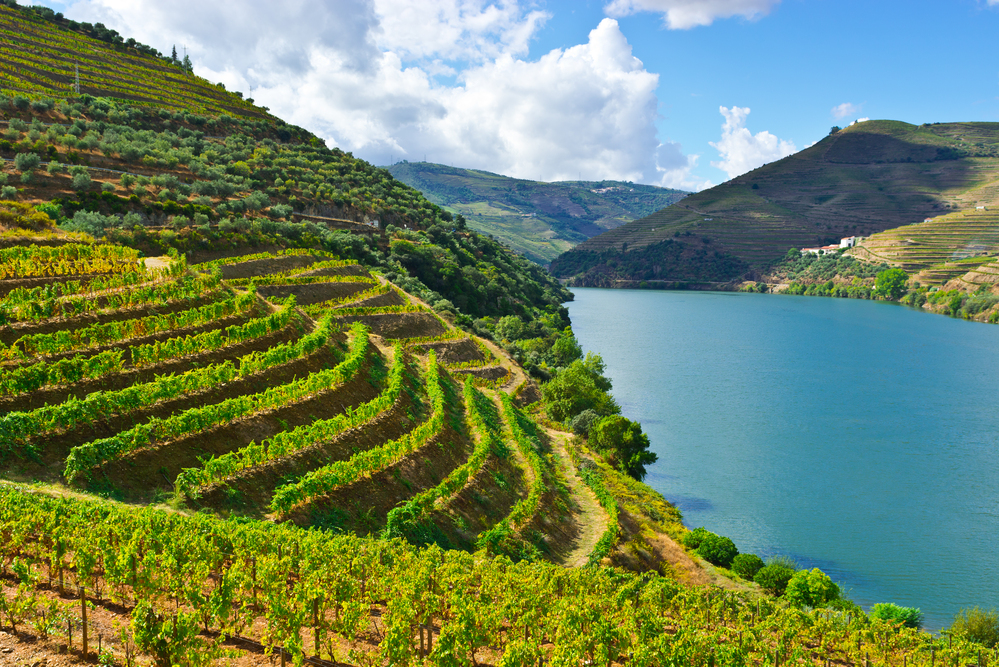
The steep banks of the Douro River create Porto’s most distinctive feature—a city that seems to cascade down to the water’s edge in tiers of colorful buildings. Six bridges span the river gorge, including the iconic Dom Luís I Bridge, designed by a student of Gustave Eiffel.
From the upper level of this double-decker masterpiece, visitors can absorb the full impact of Porto’s riverside setting, with port wine cellars lining the opposite bank in Vila Nova de Gaia.
Like Travel Pug’s content? Follow us on MSN.
Lisbon’s Pombaline Downtown

After the devastating 1755 earthquake, Lisbon’s downtown was rebuilt in one of history’s first examples of urban planning, featuring Europe’s earliest earthquake-resistant architecture. The elegant grid pattern of the Baixa district showcases uniform neoclassical buildings with an innovative wooden framework called the ‘Pombaline cage.’
This architectural ensemble represents Enlightenment ideals applied to urban design, with wide boulevards leading to the magnificent waterfront Praça do Comércio.
Porto’s Faded Grandeur
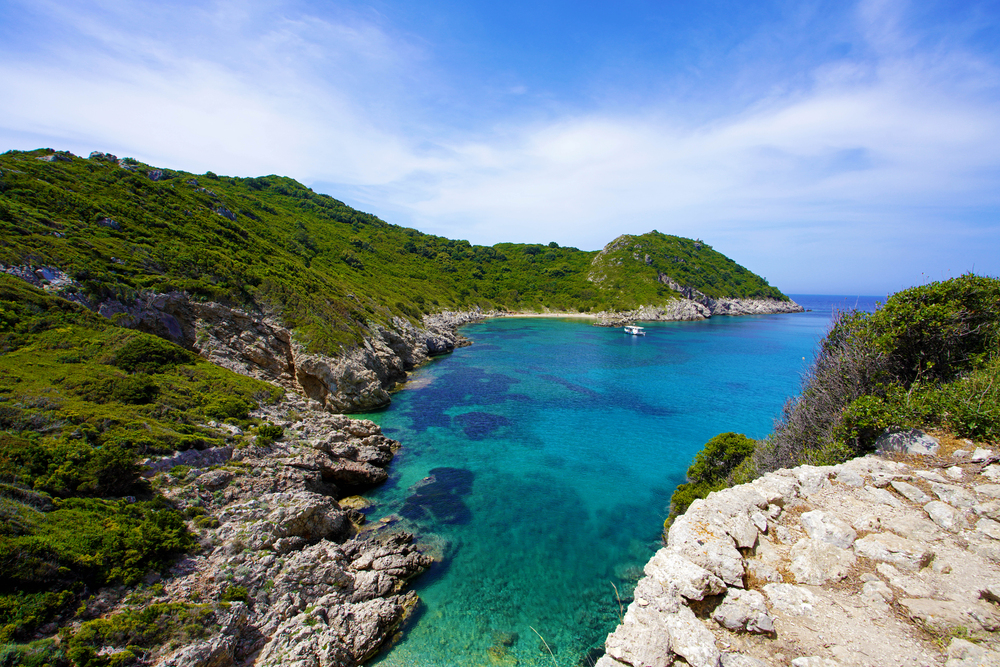
The slightly weathered appearance of Porto’s historic buildings creates an atmosphere that photography can barely capture—peeling paint, ornate tilework, and wrought-iron balconies combine in a tapestry of elegant decay. This authentic patina results from the city’s humid Atlantic climate and gives Porto a distinctive aesthetic character sought by filmmakers and artists.
Rather than feeling neglected, these buildings embody the Portuguese concept of saudade—a bittersweet nostalgia that permeates the city.
Lisbon’s Fado Houses

The soulful sounds of Portugal’s most distinctive musical tradition fill intimate venues throughout Lisbon’s Alfama and Bairro Alto districts every evening. Fado performers express the Portuguese soul through melancholic songs accompanied by the 12-string Portuguese guitar, creating emotionally powerful experiences for listeners.
The capital’s fado traditions have deeper roots than those found elsewhere, with many venues operating continuously for generations in the same historic buildings.
Like Travel Pug’s content? Follow us on MSN.
Porto’s Port Wine Legacy
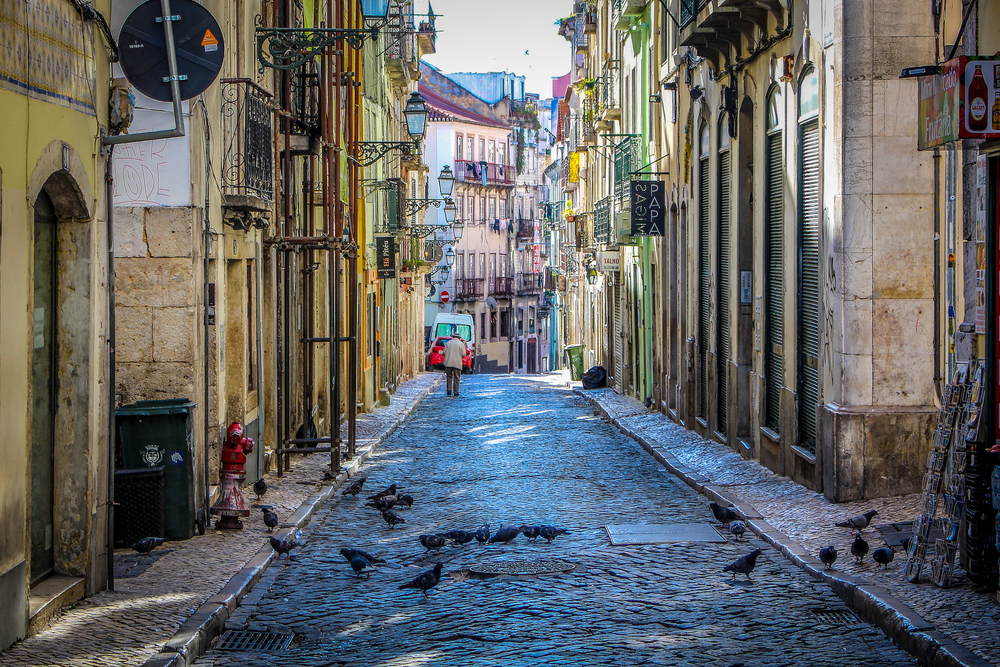
The fortified wine that bears the city’s name has shaped Porto’s economy, architecture, and culture for centuries, with historic port lodges lining the southern bank of the Douro. Traditional Rabelo boats that once transported wine barrels from upstream vineyards still bob in the river, though now for tourists rather than commerce.
Tasting sessions in centuries-old cellars offer insights into varied aging processes and styles while connecting visitors to trading relationships that have linked Porto with Britain since the 17th century.
Lisbon’s Belém Monuments
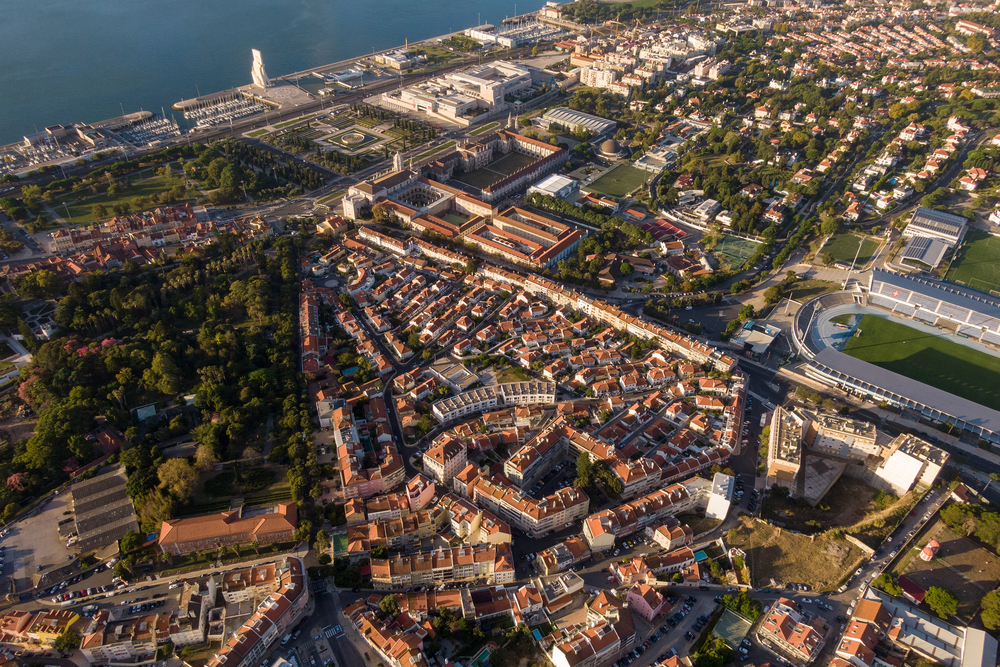
The historic district of Belém houses Portugal’s most significant monuments to the Age of Discovery, including the ornate Jerónimos Monastery and the iconic Tower of Belém standing guard at the harbor entrance. These magnificent examples of Manueline architecture celebrate Portugal’s maritime achievements with stone carvings of nautical elements, exotic discoveries, and navigational instruments.
The nearby Monument to the Discoveries depicts historical figures who contributed to Portugal’s overseas expansion in a stylized stone caravel.
Porto’s Bookstore Beauty
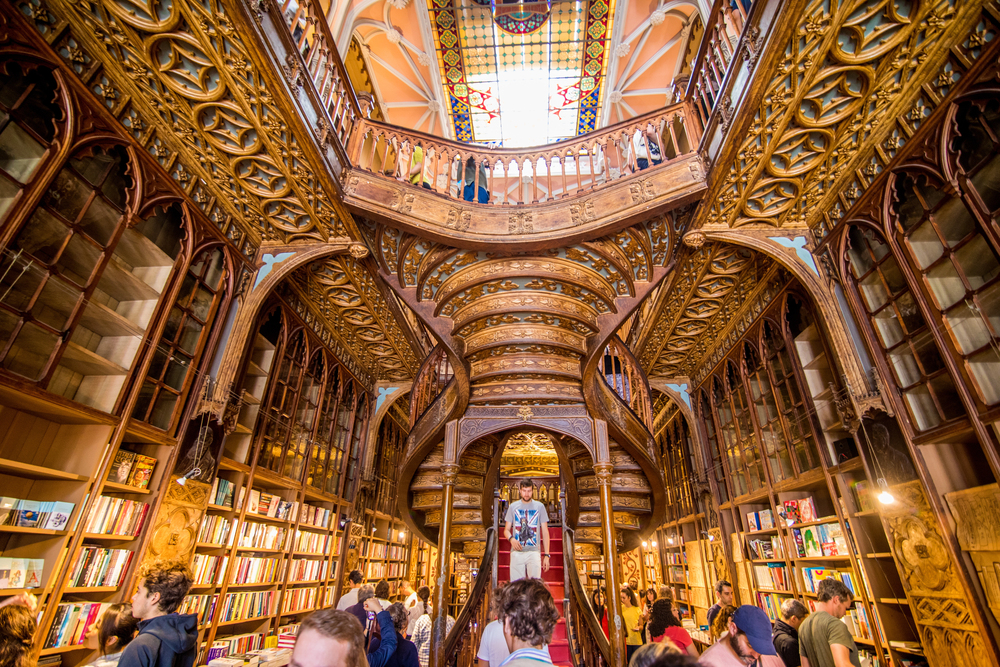
The neo-Gothic Livraria Lello consistently ranks among the world’s most beautiful bookstores, with its flowing crimson staircase, stained glass skylight, and carved wooden details creating a temple to literature. Local lore claims the shop inspired elements of the Harry Potter series when J.K. Rowling lived in Porto teaching English.
Beyond its Instagram fame, the store maintains its core function as a working bookshop where Portuguese literature shares shelf space with international titles beneath the ornate plaster ceiling.
Like Travel Pug’s content? Follow us on MSN.
Lisbon’s Azulejo Museum

Housed in the former Madre de Deus Convent, the National Azulejo Museum showcases five centuries of Portugal’s iconic ceramic tilework tradition through thousands of spectacular examples. The collection includes everything from Moorish-influenced geometric patterns to narrative panels depicting historical events and elaborate baroque compositions.
The museum’s highlight—a 75-foot panorama of pre-earthquake Lisbon created in 1738—offers a window into the capital’s appearance before disaster struck, preserved in vibrant blue and white tiles.
Porto’s Ribeira District
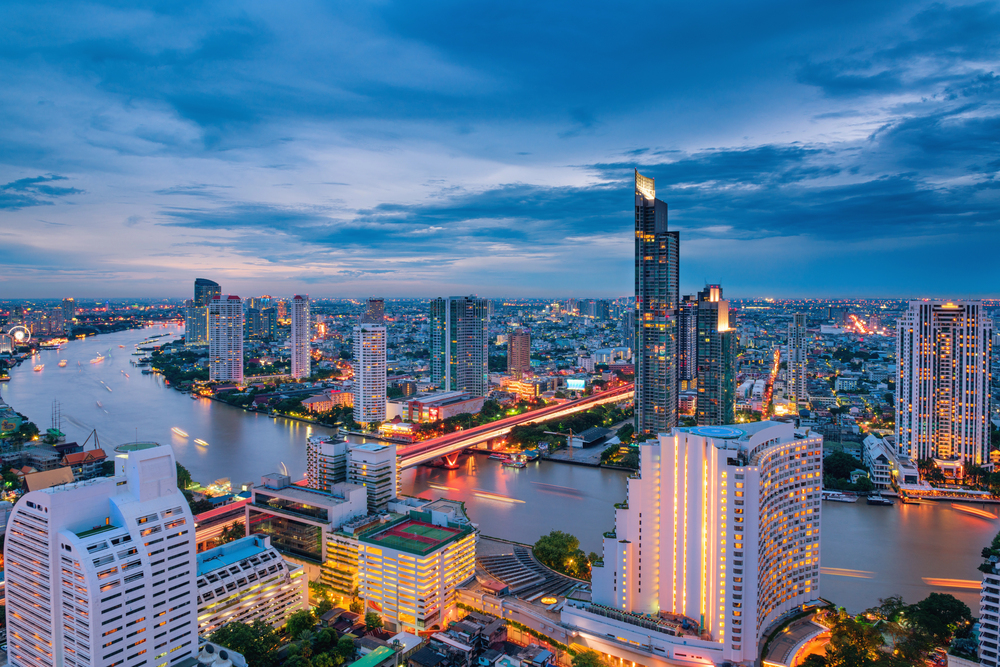
Porto’s riverside quarter retains a medieval layout of narrow winding alleys climbing steeply from the Douro, creating an atmospheric labyrinth that rewards exploration. Laundry still flutters from windows above streets barely wide enough for two people to pass, while ancient storefronts house traditional businesses that have operated for generations.
UNESCO recognized this district’s exceptional preservation of urban fabric spanning many centuries, from medieval foundations to neoclassical additions.
Lisbon’s Time-Capsule Trams
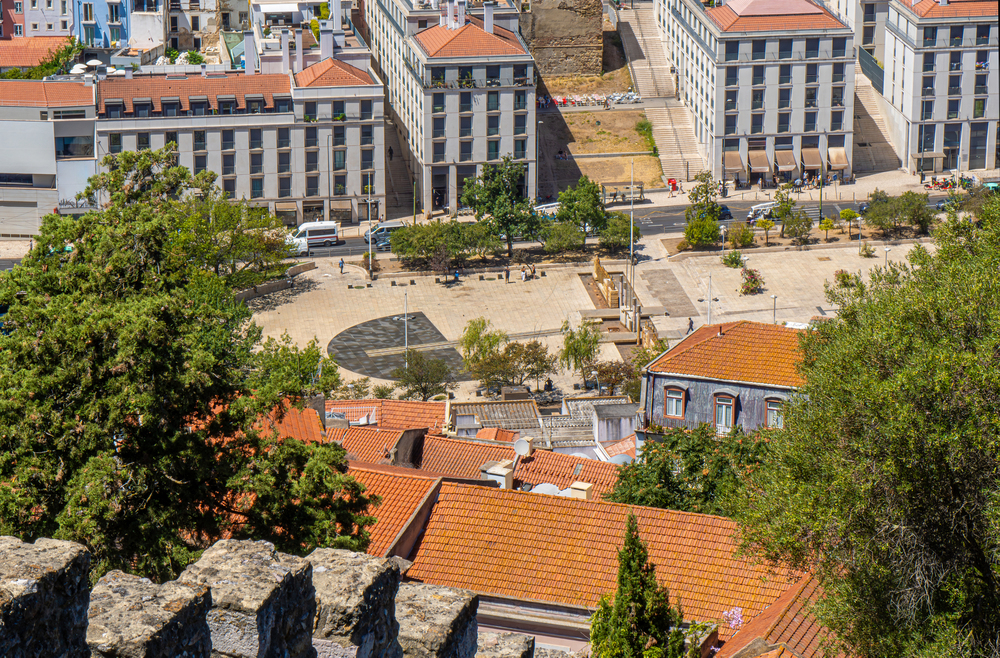
The vintage yellow Remodelado trams that navigate Lisbon’s hills have become symbols of the city while continuing their practical function as essential public transportation. Tram 28’s famous route passes major landmarks and viewpoints, rattling through narrow streets where passengers can almost touch the buildings from open windows.
The wooden interiors with brass fittings transport riders back to the 1930s, offering both practical transportation and a living museum experience of mid-century urban transit.
Like Travel Pug’s content? Follow us on MSN.
Porto’s Francesinha Sandwich

This Porto culinary invention transforms the simple sandwich into an indulgent feast. Various meats are layered between bread before being covered in melted cheese and a special tomato-beer sauce.
Local establishments compete for the title of best Francesinha, with heated debates among residents about whose sauce achieves the perfect balance of tangy and spicy notes. While Lisbon offers refined cuisine, this hearty Porto specialty represents the city’s more robust culinary personality and working-class roots.
Lisbon’s Pastéis de Belém
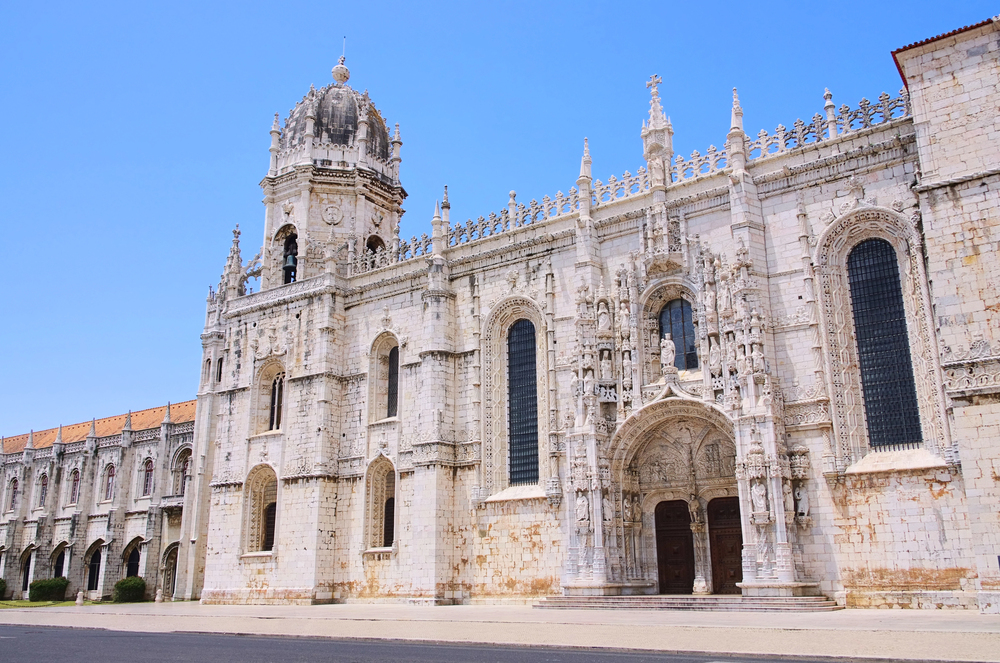
The original custard tarts that launched a global dessert phenomenon have been made using the same secret recipe since 1837 in a historic bakery near Jerónimos Monastery. While similar pastéis de nata appear throughout Portugal, only this establishment can use the protected Belém designation.
They serve their perfectly caramelized tarts warm from the oven with cinnamon and powdered sugar. The blue-tiled interior accommodates hundreds of visitors who come to taste these iconic pastries in their original setting daily.
Porto’s São Bento Station
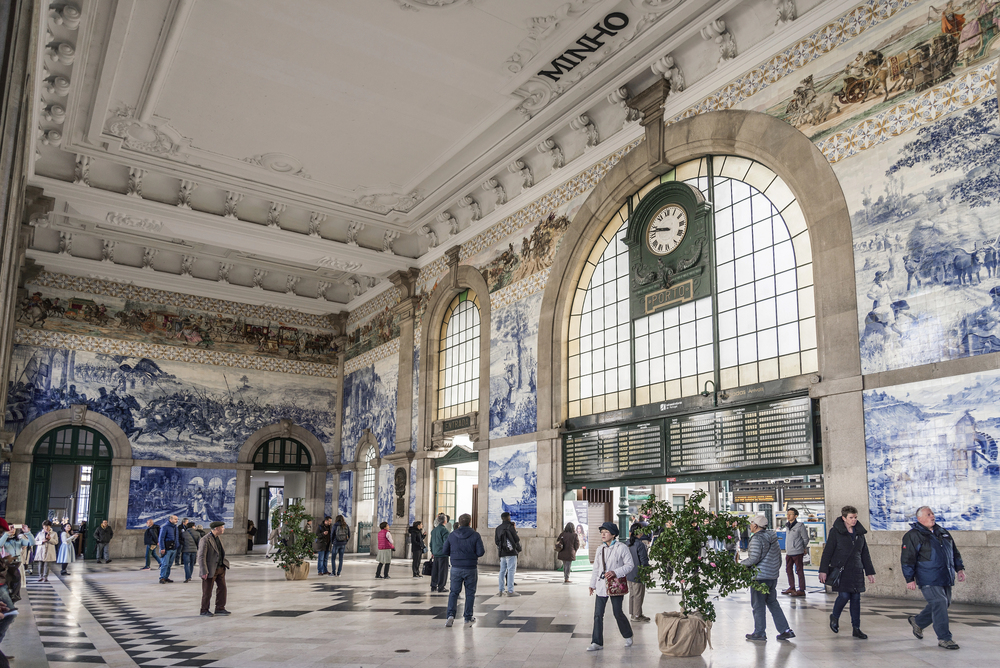
What could be a simple transit hub becomes an artistic masterpiece through 20,000 azulejo tiles depicting Portugal’s history across the walls of Porto’s central train station. Created by artist Jorge Colaço between 1905 and 1916, the blue and white panels illustrate key historical events, rural life scenes, and transportation evolution.
Every day, commuters pass through this museum-quality space where incoming travelers receive an immediate introduction to Portuguese history and azulejo artistry.
Like Travel Pug’s content? Follow us on MSN.
Lisbon’s Pink Street

The former red-light district of Cais do Sodré has transformed into one of Lisbon’s most distinctive nightlife areas, with its main thoroughfare painted bright pink to signal its reinvention. Historic bars that once served sailors now welcome international visitors alongside locals, while new establishments blend into the area’s authentic character.
The street’s unusual color creates a playful backdrop for the area’s vibrant after-dark energy, with venues ranging from traditional fado houses to contemporary cocktail bars.
Porto’s Crystal Palace Gardens
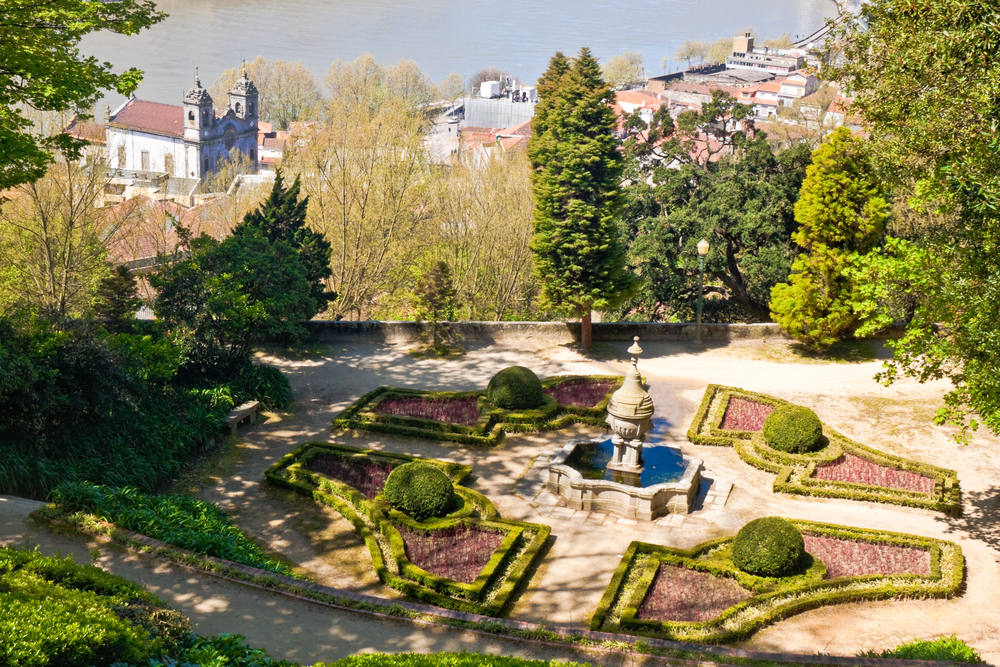
These manicured Victorian gardens offer spectacular views across Porto and the Douro from carefully designed viewpoints and terraces surrounded by exotic plants. Although the original glass-and-iron palace that gave the park its name was replaced by a sports pavilion, the formal garden layout retains its 19th-century charm.
Peacocks wander freely among fountains and sculptured hedges, creating unexpected encounters for visitors exploring this elevated green space.
Lisbon’s Modern Architecture in Parque das Nações
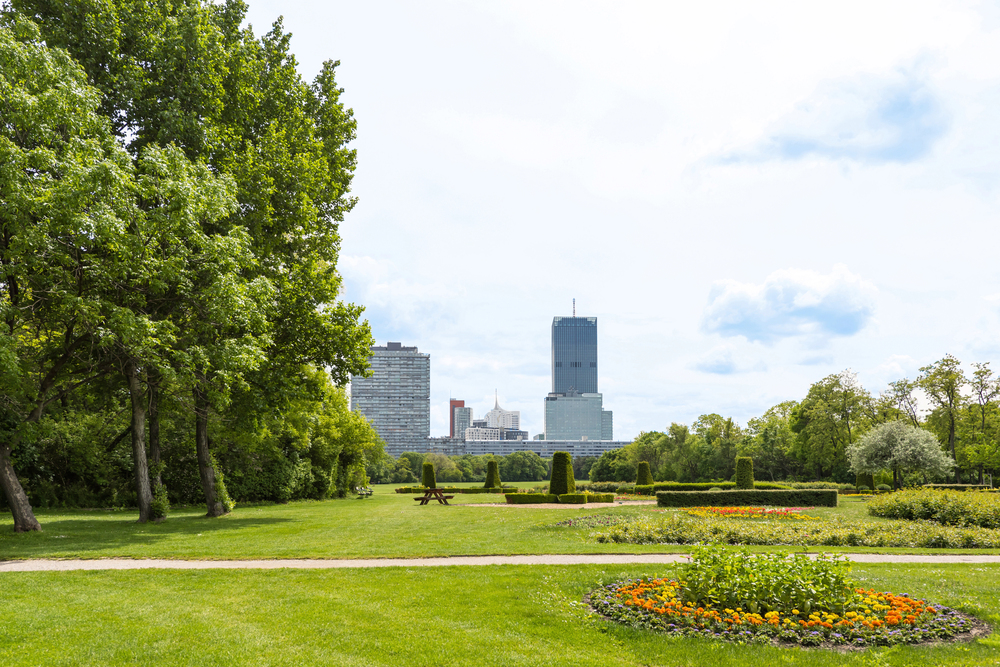
The ultra-modern eastern district showcases contemporary Portuguese architecture built for Expo ’98, including Santiago Calatrava’s striking Oriente Station and the curved Pavilhão de Portugal by Álvaro Siza Vieira. This purpose-built area demonstrates Lisbon’s forward-looking side with innovative buildings, cable cars spanning the Tagus, and Europe’s largest indoor aquarium.
The district presents a stark contrast to the historic center, revealing Portugal’s ability to embrace architectural innovation while preserving its heritage elsewhere.
Like Travel Pug’s content? Follow us on MSN.
Porto’s Clérigos Tower
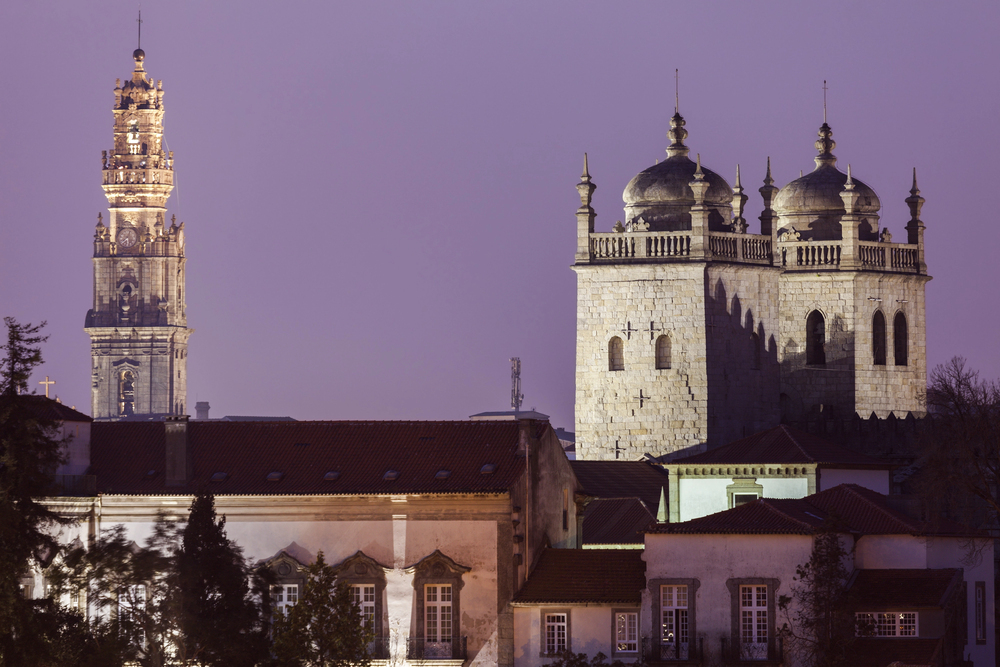
This baroque bell tower soars above Porto’s skyline, offering those who climb its 240 steps unrivaled 360-degree views of the entire city. Designed by Italian architect Nicolau Nasoni in the 18th century, the 75-meter tower served as a navigational landmark for ships entering the Douro.
The attached church features an oval floor plan unusual in Portuguese architecture, while the tower’s distinctive silhouette has become Porto’s most recognizable vertical element.
Lisbon’s Artistic LX Factory
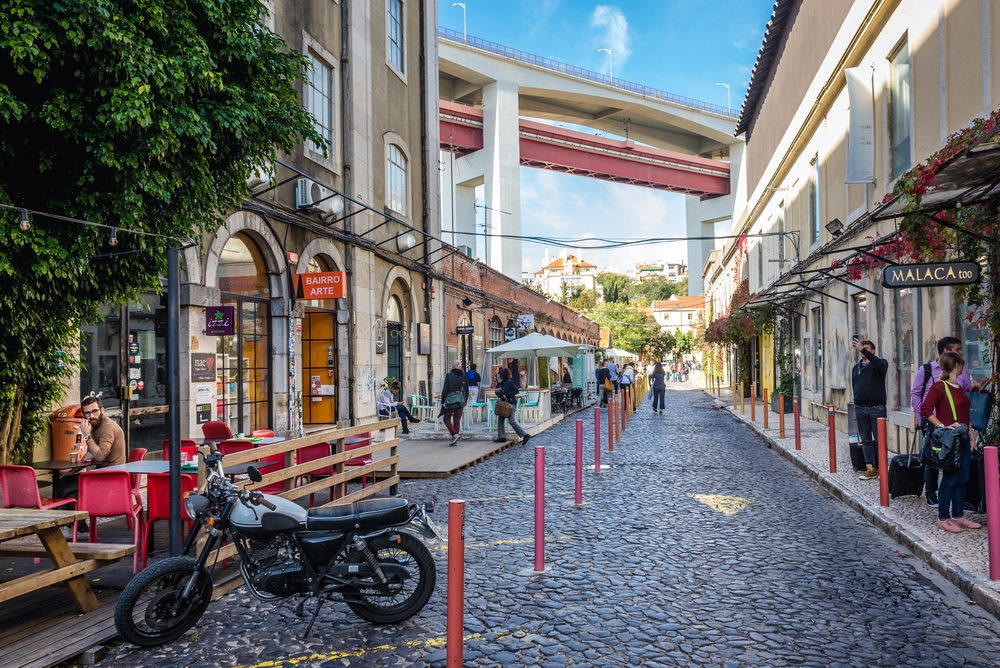
A 19th-century industrial complex transformed into a creative hub that houses design studios, unique shops, and innovative restaurants beneath the 25 de Abril Bridge. Former textile factory buildings now showcase large-scale street art, with industrial elements repurposed into distinctive interior design features.
The Sunday market draws locals and visitors to this creative ecosystem where Portugal’s new generation of artists and entrepreneurs reimagine the capital’s industrial heritage.
Porto’s Majestic Café
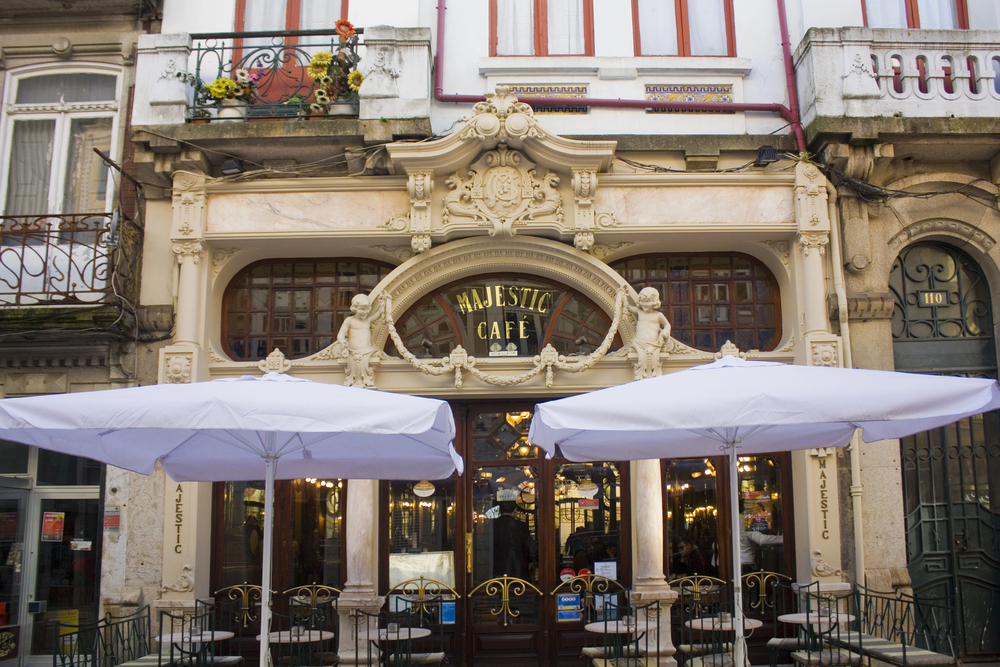
This Belle Époque masterpiece offers a journey to Portugal’s elegant past through carved wood, mirrored walls, and marble tabletops that have hosted the city’s intellectuals since 1921. The café maintains its tradition of gracious service, with white-jacketed waiters serving coffee on silver trays.
Porto’s answer to Parisian grand cafés retains authentic character despite its popularity, particularly when piano music fills the art nouveau interior during afternoon performances.
Like Travel Pug’s content? Follow us on MSN.
Two Cities, One Soul
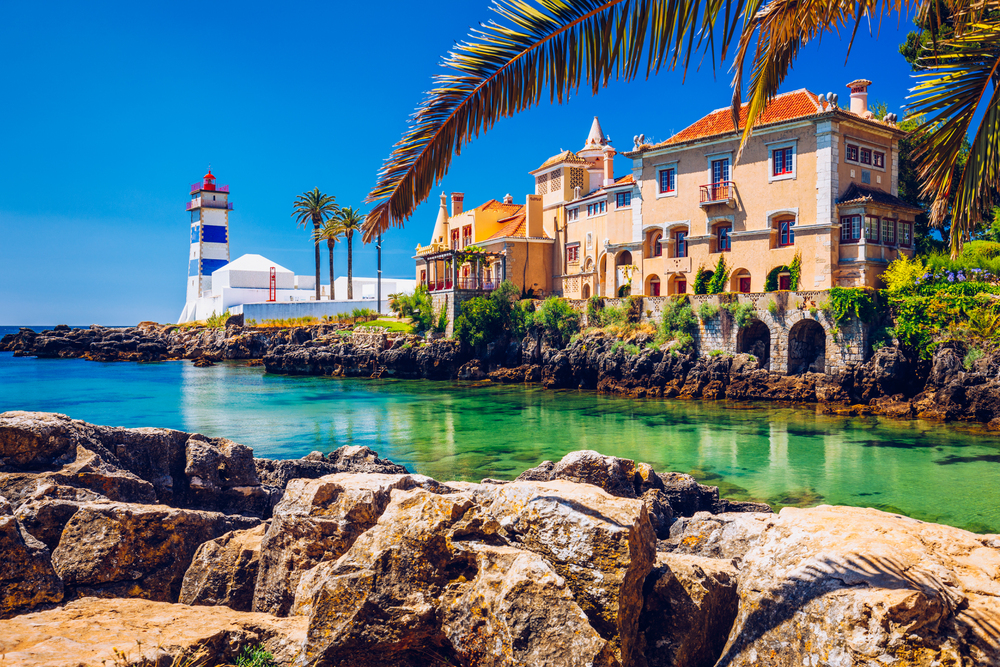
While these distinctive elements highlight the unique character of each city, Lisbon and Porto share the essential qualities that make Portugal special—warm hospitality, a deep connection to maritime heritage, and a pace of life that encourages genuine human connection.
The differences between them offer complementary rather than competing experiences; visiting both cities is the ideal way to understand Portugal’s multifaceted identity. The real victory in the Lisbon versus Porto debate may be the journey between them, where travelers discover that these two jewels shine brightest when experienced as part of the same Portuguese story.
More from Travel Pug

- Cities Growing so Fast You Won’t Recognize Them in 10 Years
- 13 Destinations Where Tourists Regularly Regret Their Trip
- 20 Obscure WWII Sites Even History Buffs Don’t Know About
- 10 Under-the-Radar Mountain Towns That Are Both Affordable and Beautiful
- Remote Villages in Europe Where You Can Live for Free in Exchange for Work
Like Travel Pug’s content? Follow us on MSN.
